Matucana Cactus Care – Learn About Growing Matucana Cactus
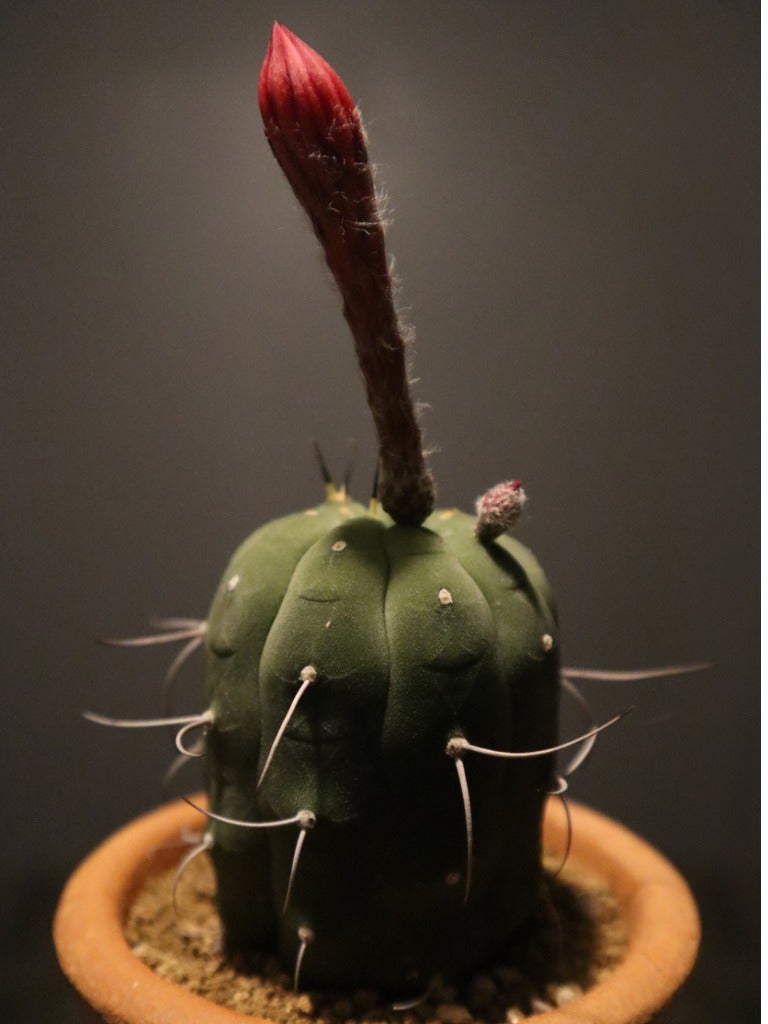

Professional information indicates there are 17 to 20 types of Matucana cactus varieties. Globular or cylindrical, most have light to moderate spines, and all are said to have attractive, showy blooms. Perhaps you’re already growing one in hopes of having an upclose show. Read more about these cacti here and learn how to get them to the blossoming stage.
Matucana Cactus Plant
As natives of the high Andes mountainous ranges of Peru, specific temperature guidelines are needed for blooms. Cool nighttime temps and warm daytime temperatures are necessary. This is the most certain way to get Matucana to flower.
Blooms appear on the happily located plant as early as two to three years. Plants usually bloom in late spring or summer. These plants bloom at night, so be prepared for a brief moment of joy when blooms appear. The apical blooms last two to four days, on average.
Growing Matucana Cactus
Keep the Matucana cactus in full sun, avoiding the hottest noon and afternoon rays. Find a spot for your cacti that receives morning sun as soon as it rises. If this allows for six hours of sun on this plan, it is likely adequate. If you can find a location where a few hours of late afternoon sun also shine in addition, this is even better.
Temperatures in which to grow this plant are equally important. It is best to avoid anything below 45 degrees F. (7 C.). Remember cold wet roots quickly kill your cacti. This should not be a problem though since you won’t be watering the Matucana cactus in winter. Provide protection when temperatures get this low.
This species may be grown from seed using typical cacti propagation techniques. Plant in a bed with lots of coarse sand. Since these plants tend to remain small, they rarely need repotting.
Matucana Cactus Care
Provide exact care to encourage the bloom on all varieties of Matucana cactus. Grow Matucana cactus plant in a poor, well-draining soil. Sources suggest a mix of coarse sand, small pebbles, and lapilli (a product of erupting volcanos).
Gardening tips, videos, info and more delivered right to your inbox!
Sign up for the Gardening Know How newsletter today and receive a free copy of our e-book "How to Grow Delicious Tomatoes".
Don’t water except during the vegetative stage. The vegetative stage is when the plant is showing growth, such as new leaves and increasing height. Limit watering during growth as well. Only water again when the soil has completely dried out. Eliminate watering in winter. Fertilize after watering, using a food designed for cactus plants. Fertilize every 15 days, only during the growth period.

Becca Badgett was a regular contributor to Gardening Know How for ten years. Co-author of the book How to Grow an EMERGENCY Garden, Becca specializes in succulent and cactus gardening.
-
 Looking For Plants To Give You The Soft And Fuzzies? Try These 5 Fuzzy Leaf Plant Options
Looking For Plants To Give You The Soft And Fuzzies? Try These 5 Fuzzy Leaf Plant OptionsLovers of texture, drama, silver foliage and tactile plants will adore these special sensory garden additions. These fuzzy leaf plant options will leave you all aglow
By Susan Albert
-
 Get Ready For A Summer Of Hummers! Grow These Full Sun Hummingbird Plants and Flowers
Get Ready For A Summer Of Hummers! Grow These Full Sun Hummingbird Plants and FlowersIf you’re lucky enough to enjoy a sunny backyard, make sure you are maxing out on your pollinator opportunities and grow these full sun hummingbird plants and flowers
By Tonya Barnett
-
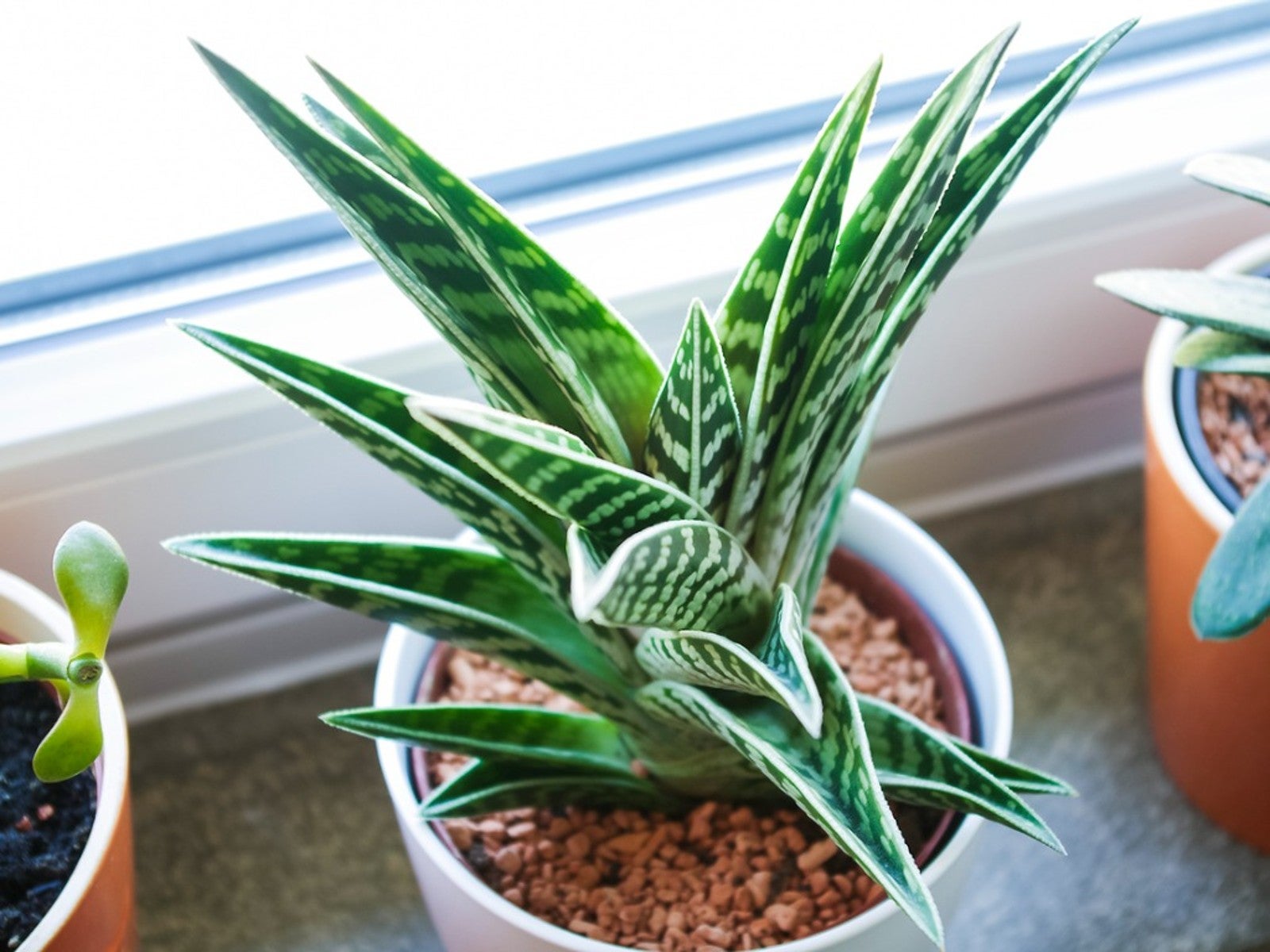 Variegated Succulents To Add To Your Plant Collection
Variegated Succulents To Add To Your Plant CollectionRead about some of the pretty variegated species that add beauty and interest to your succulent collection.
By Becca Badgett
-
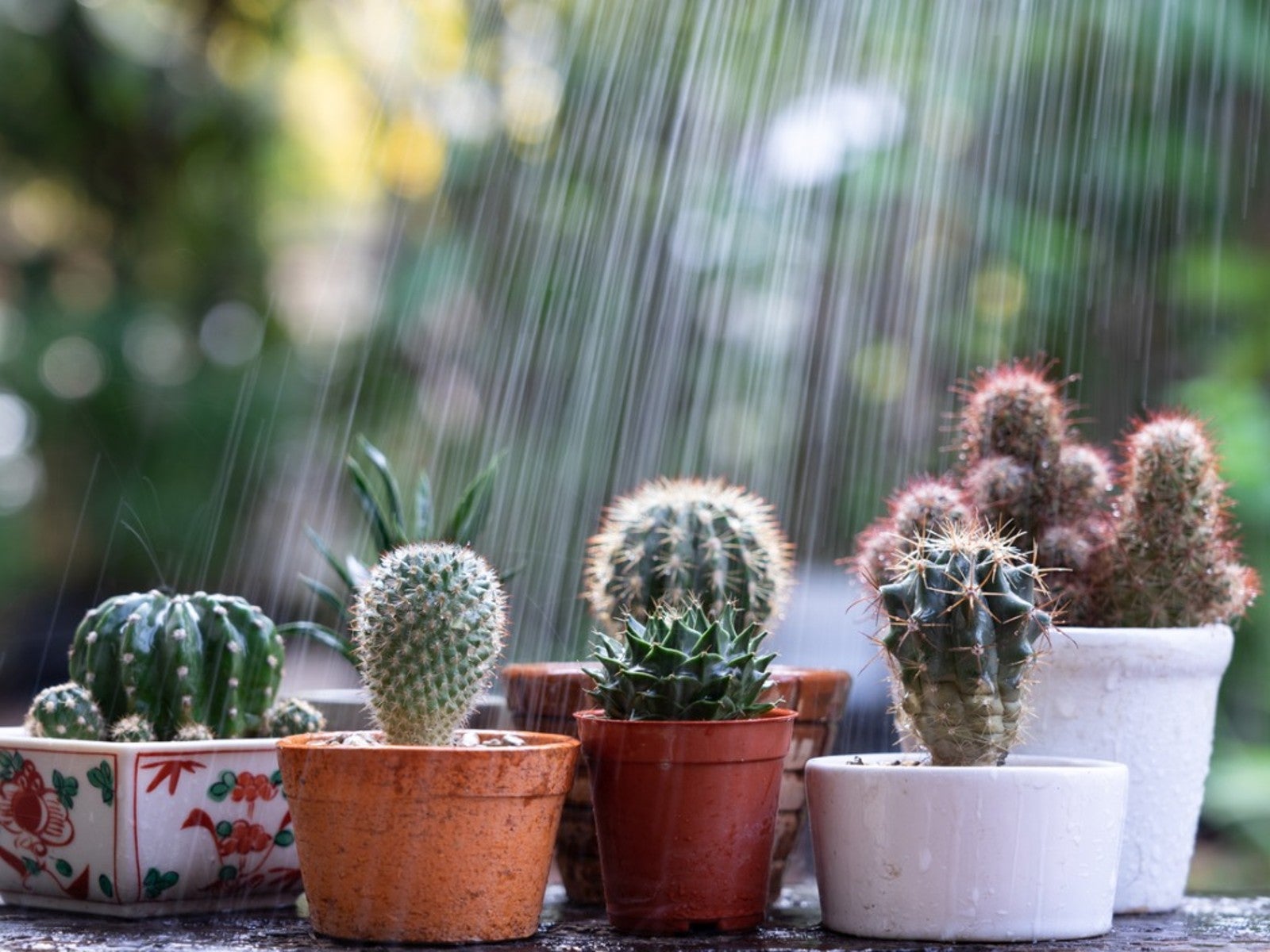 How To Protect Succulents And Cacti From Rain
How To Protect Succulents And Cacti From RainRain has the potential to cause damage to our cacti and succulents. However, when planted in proper soil, rainfall may perform as just a deep watering. Read on for more.
By Becca Badgett
-
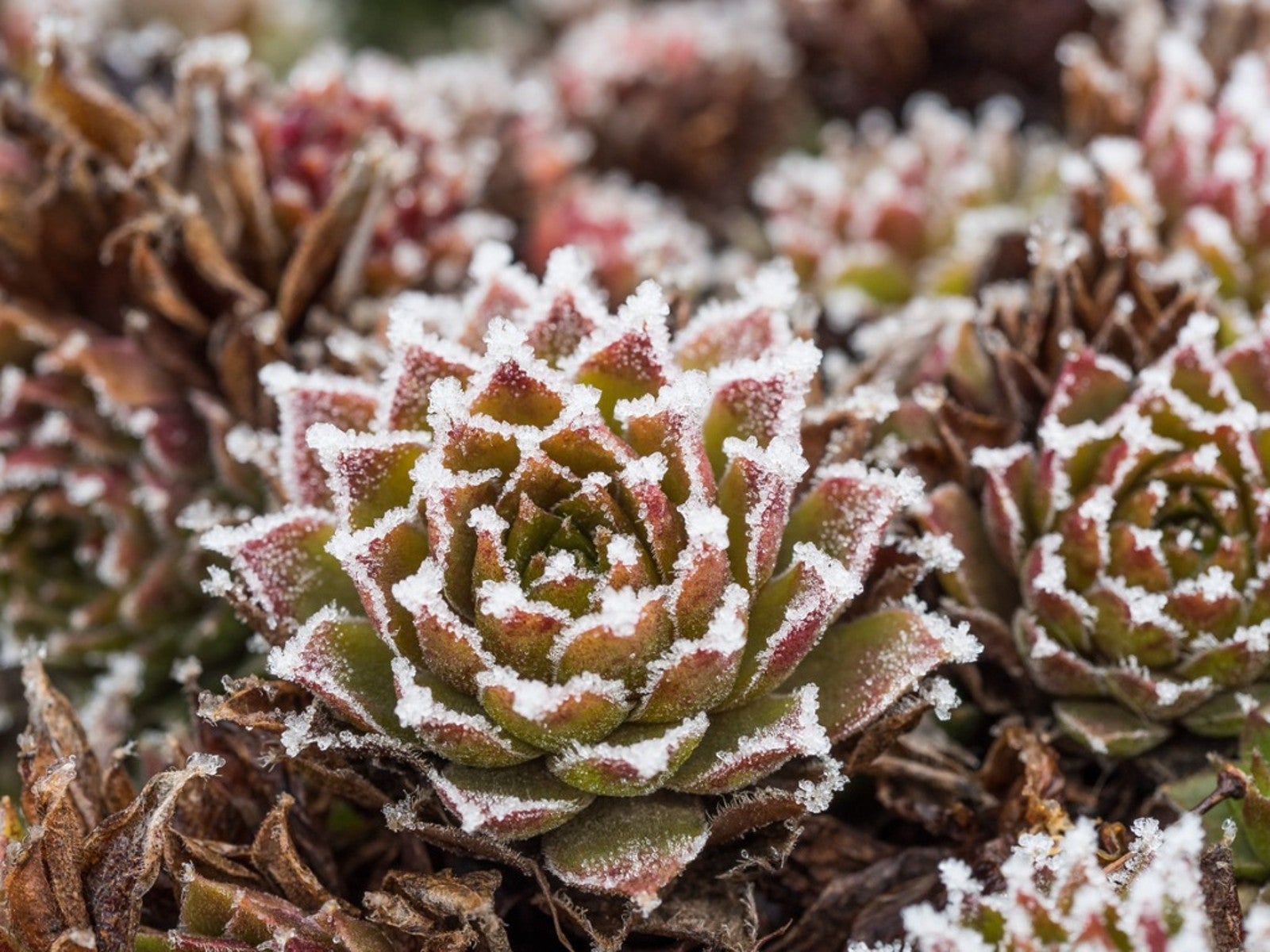 Succulents and Frost: How To Save A Succulent From Frost Or Freeze
Succulents and Frost: How To Save A Succulent From Frost Or FreezeCan succulents withstand cold? Succulents and frost don't traditionally go together and can result in damage, but you may be able to save frozen succulents.
By Bonnie L. Grant
-
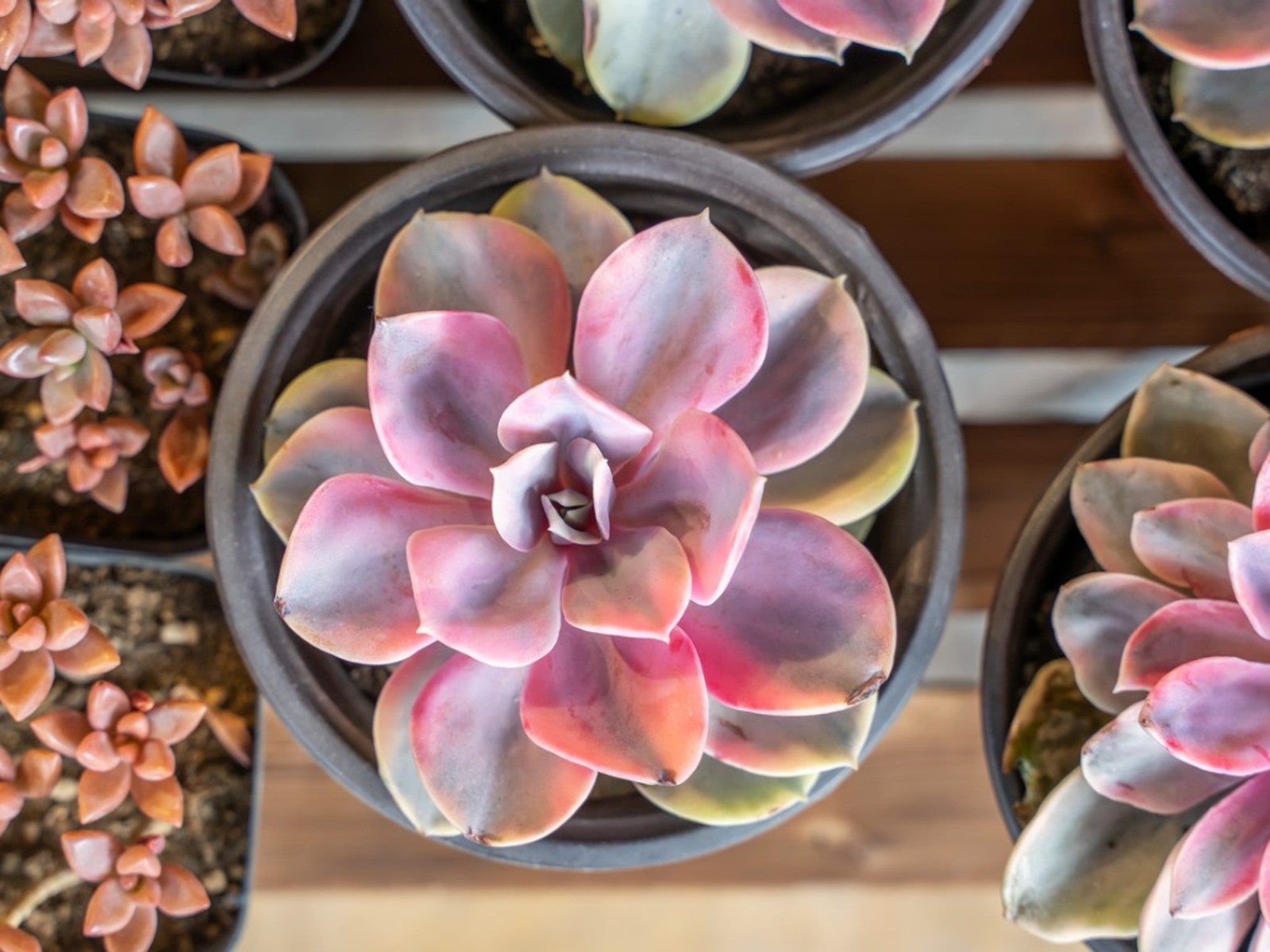 Pink Succulents Varieties To Try: How To Grow Perfect Pink Succulent Plants
Pink Succulents Varieties To Try: How To Grow Perfect Pink Succulent PlantsPink succulents may display the color on leaf edges or with streaks or blotches mingled throughout the foliage. Here are our favorites.
By Becca Badgett
-
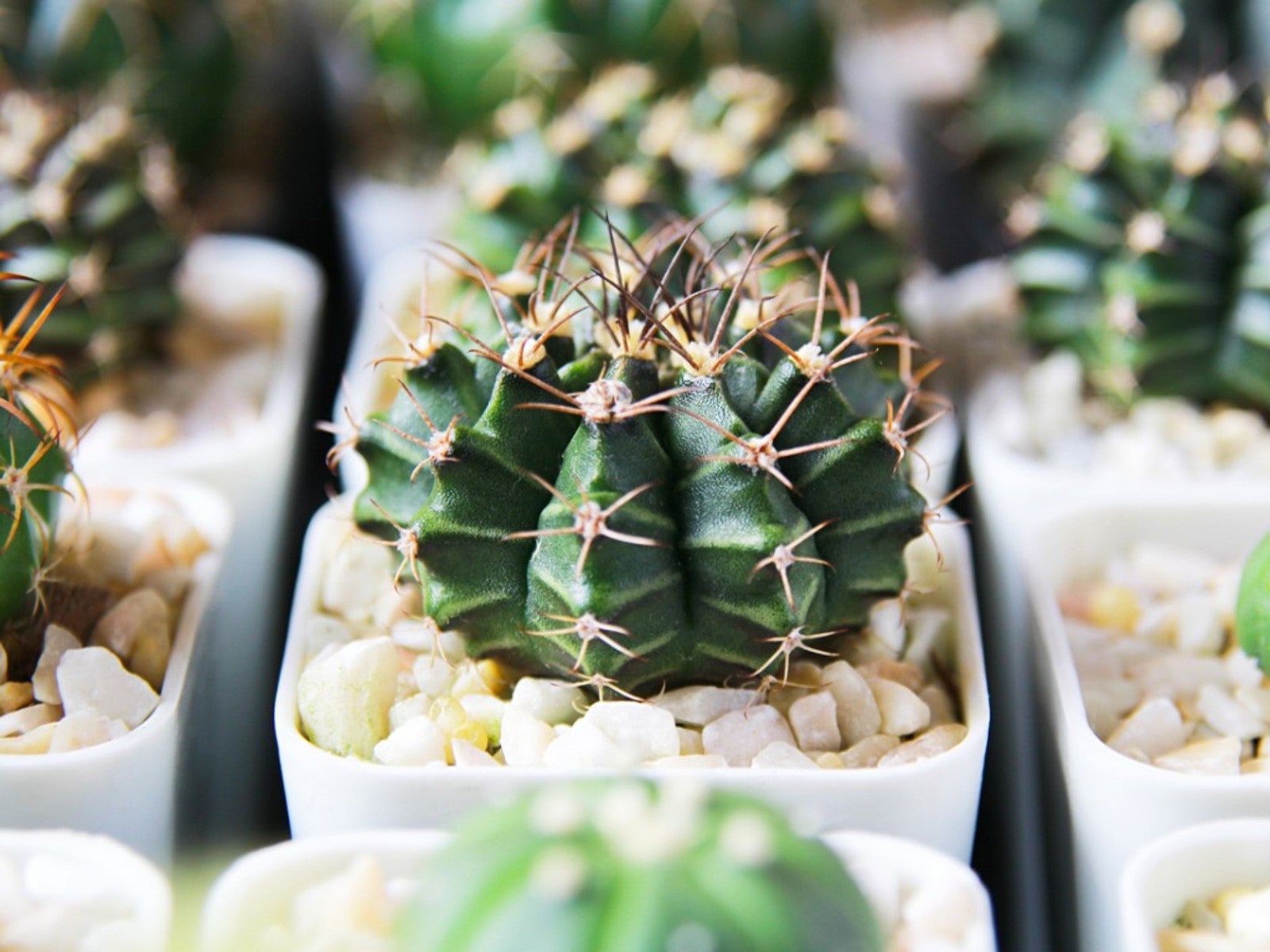 10 No Fuss Cacti - What’s The Best Low Maintenance Cactus
10 No Fuss Cacti - What’s The Best Low Maintenance CactusIf you’re thinking of adding plants to your collection, consider no fuss cacti. Click here for an easy cacti list, even for beginners.
By Becca Badgett
-
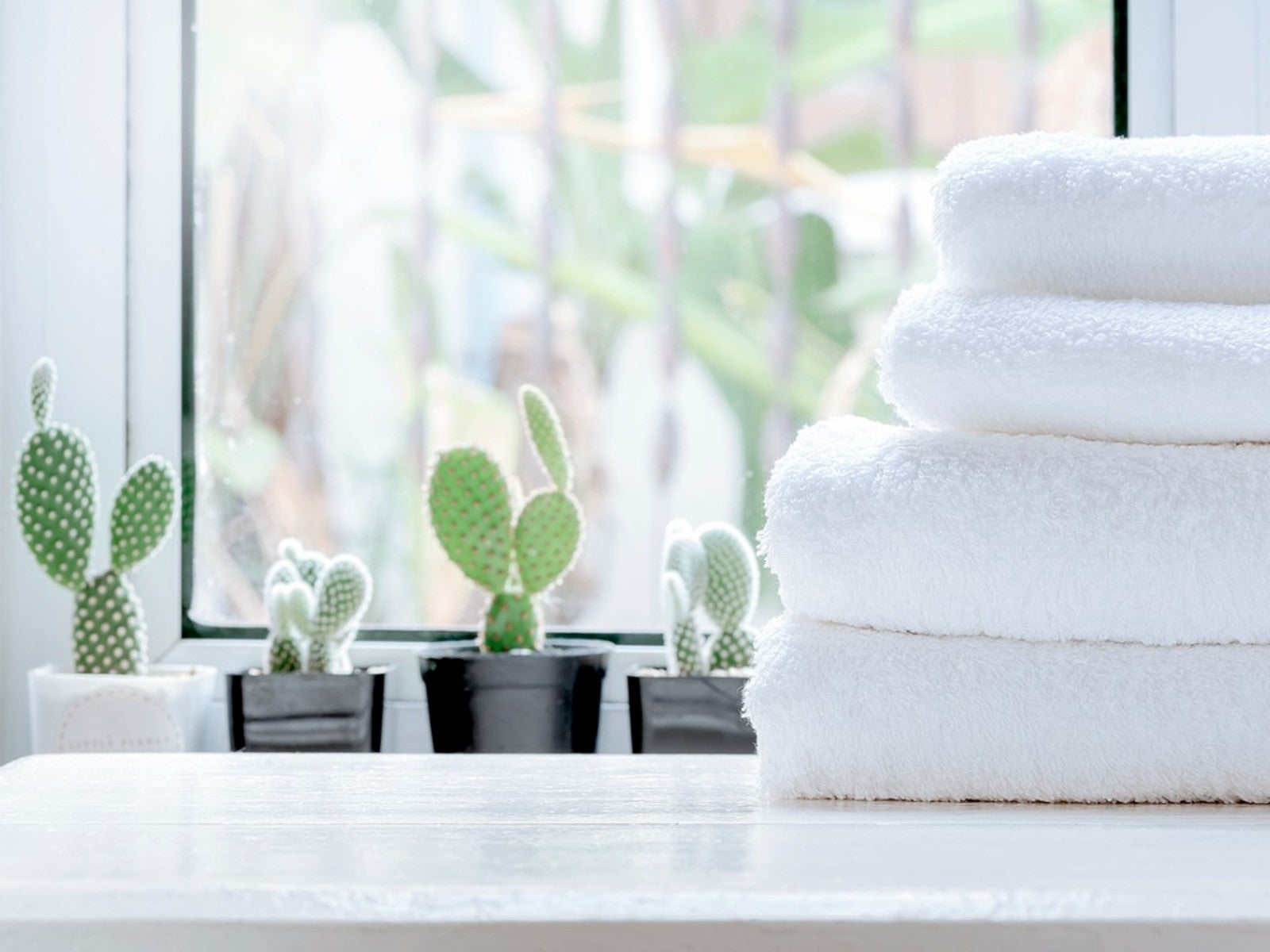 5 Best Succulents For A Bathroom
5 Best Succulents For A BathroomSome succulents can be great options for bathroom decoration. Read on for our top five bathroom succulent ideas.
By Becca Badgett
-
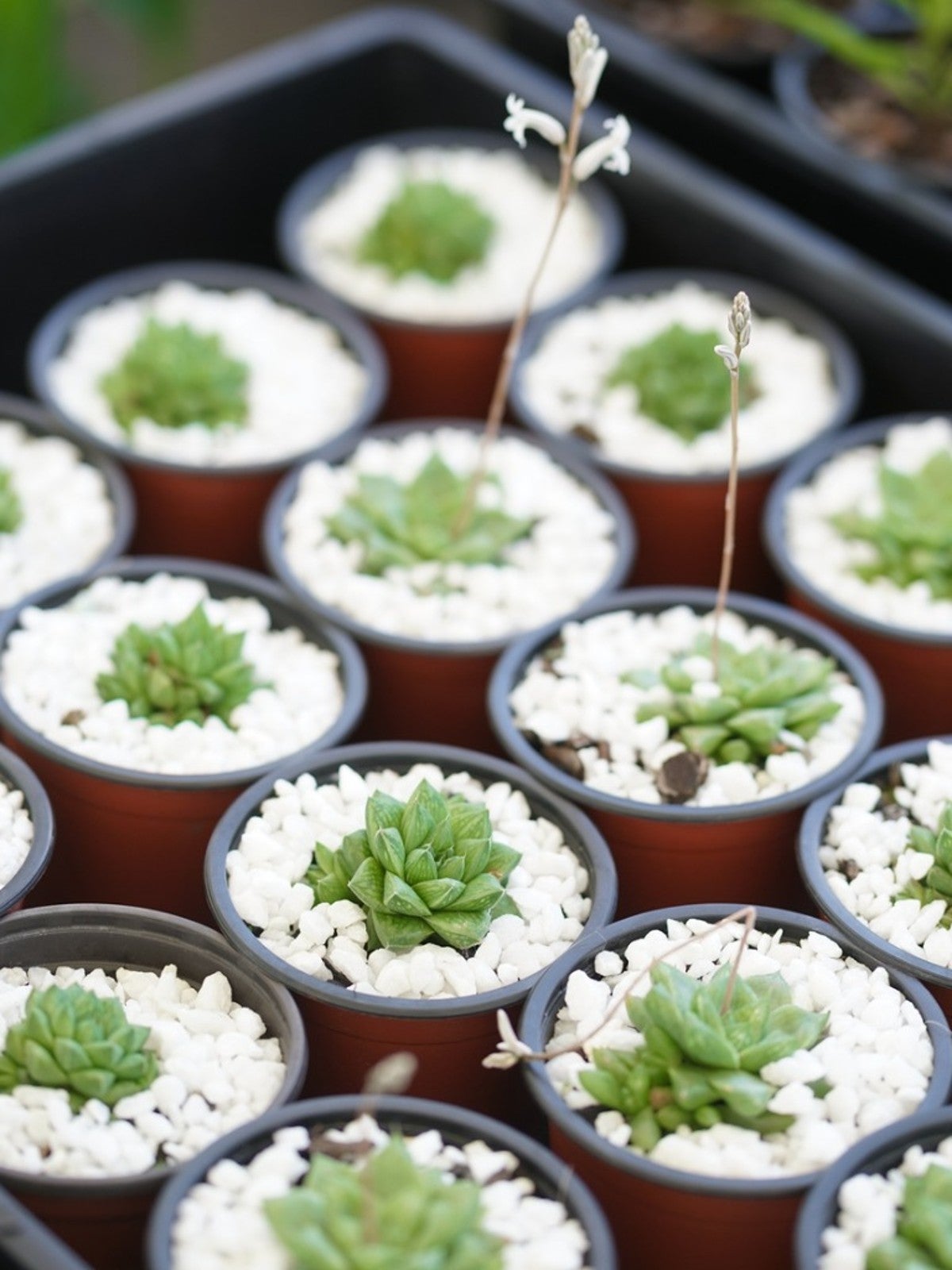 What Is A Succulent Starter Kit - Best Succulent Starter Kits
What Is A Succulent Starter Kit - Best Succulent Starter KitsWhile garden kits are not the most inexpensive option for growing succulents, they do include everything you’ll need. Grow succulents from seed by using a succulent seed starter kit to learn the process and to check your results.
By Becca Badgett
-
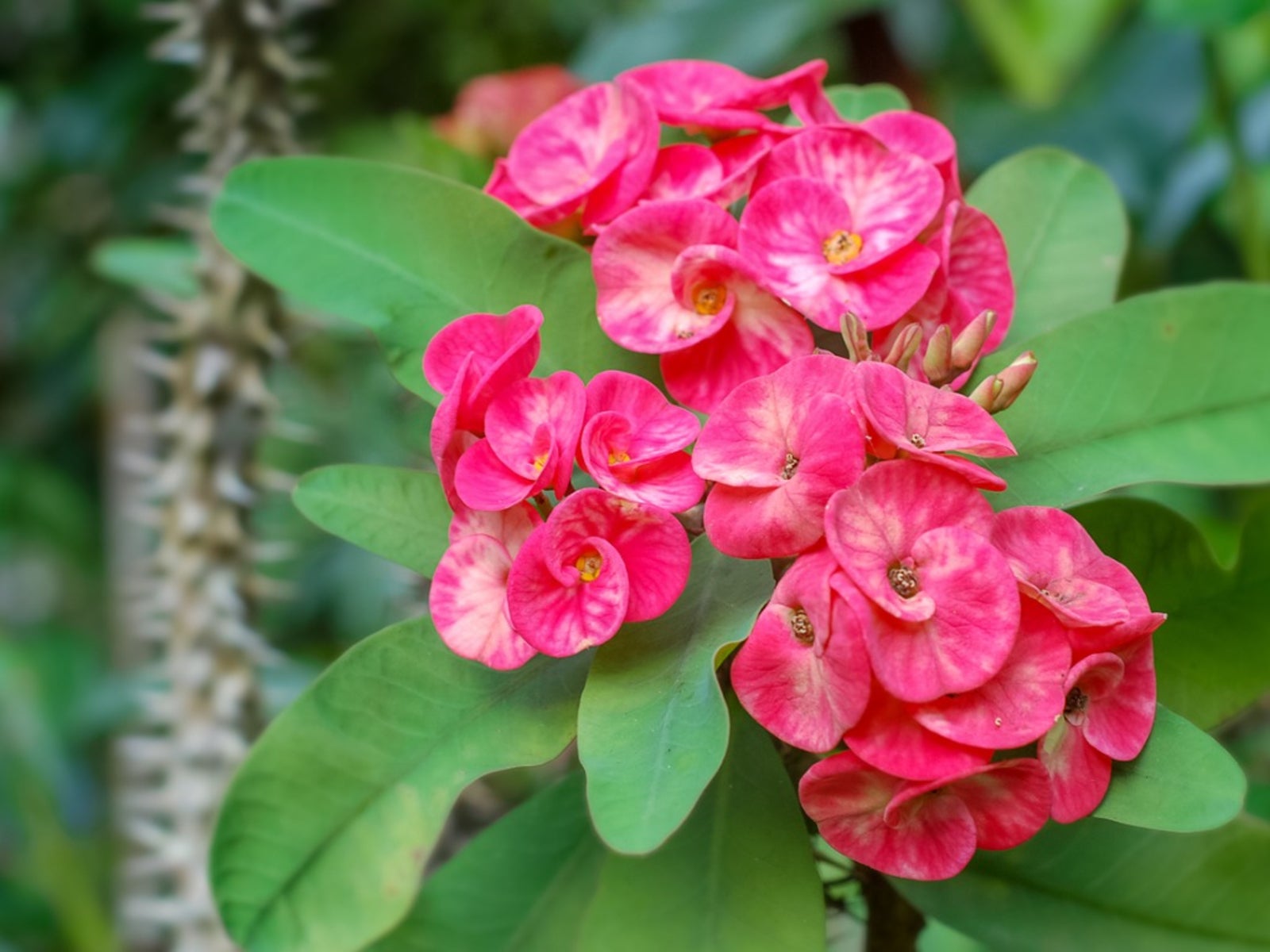 Dazzling Succulents - Succulents With Striking Flowers
Dazzling Succulents - Succulents With Striking FlowersWhen you think of succulents you may just envision their unique leaves and stems. But succulents also produce bright and bold flowers in the right conditions. Read on to learn more.
By Bonnie L. Grant